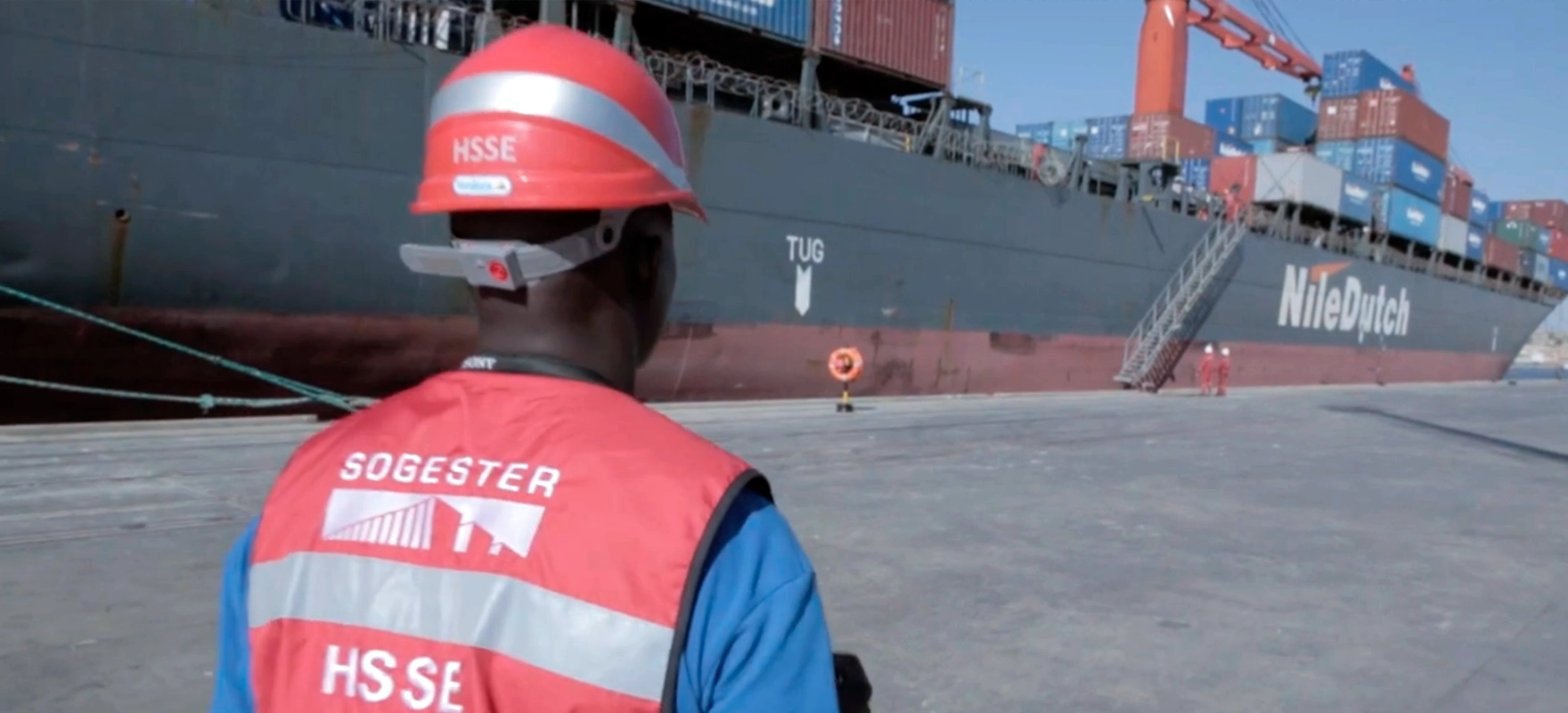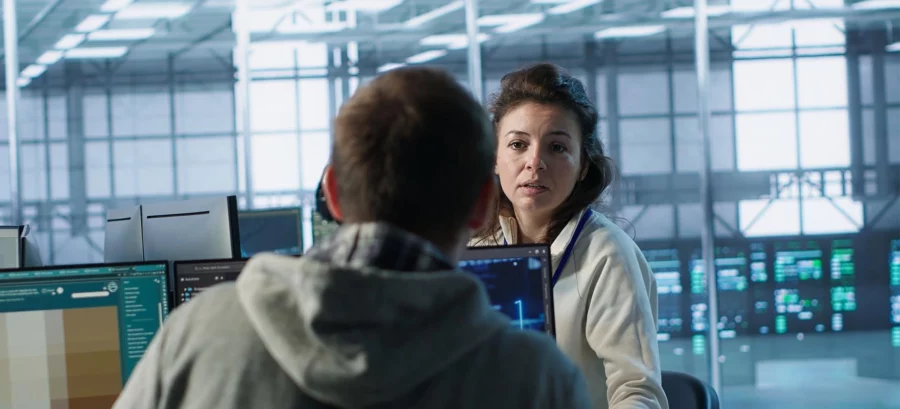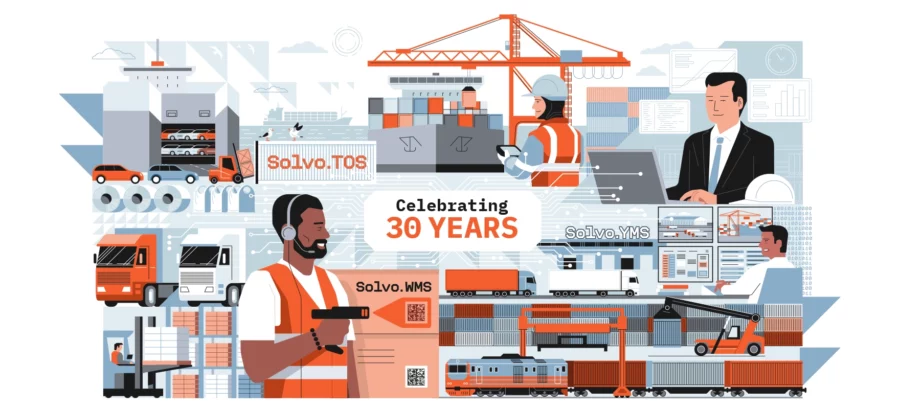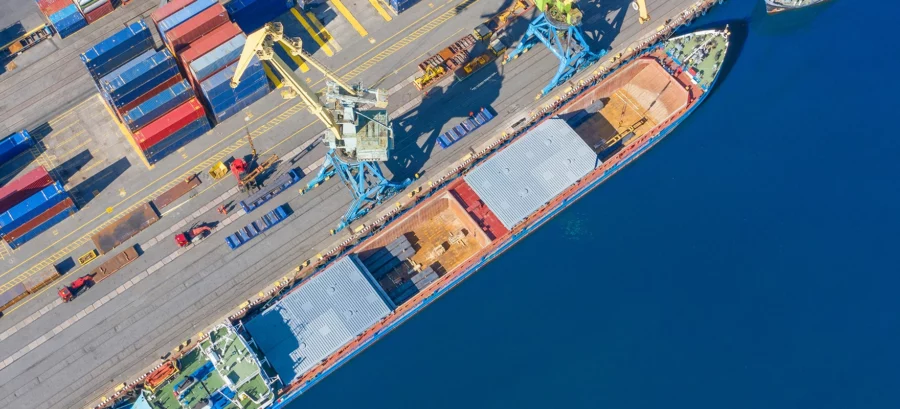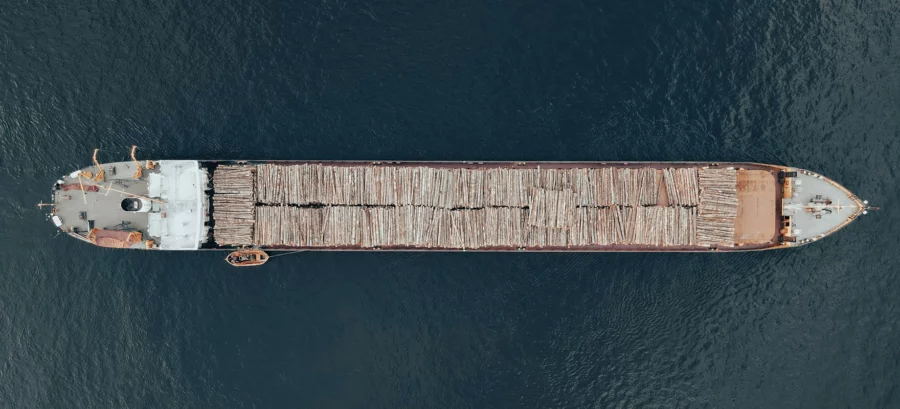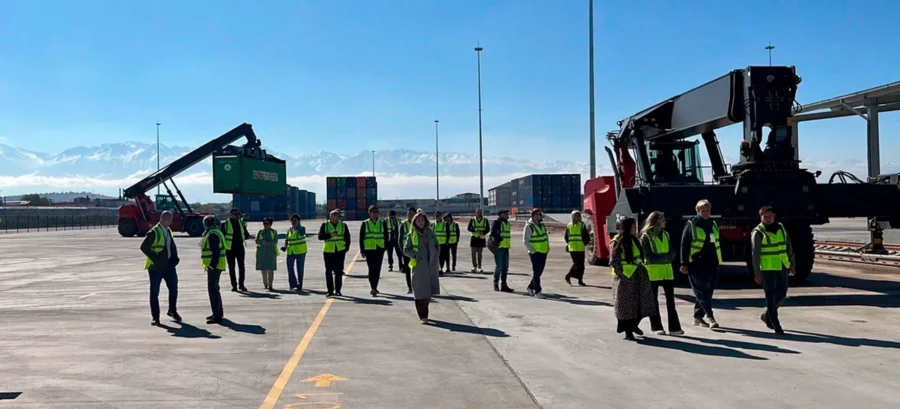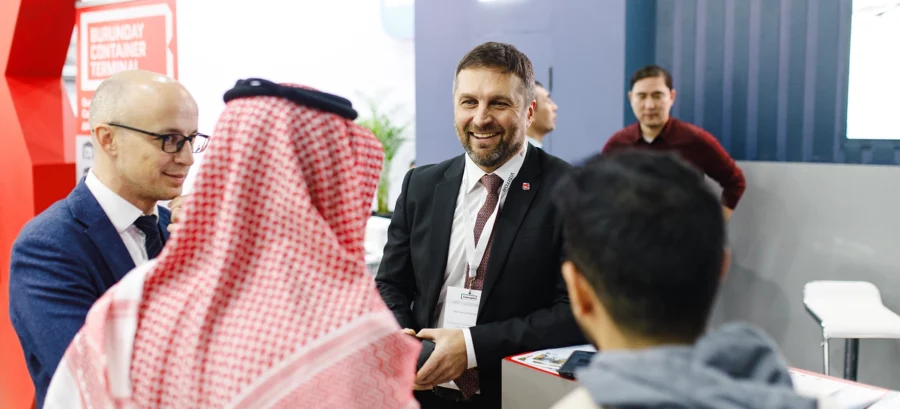How to build a unified digital infrastructure across scattered facilities and overcome global challenges?
Ports across Africa are evolving fast, transforming into fourth-generation logistics hubs — interconnected facilities managed as a single operational ecosystem. But what happens when a company operates bonded warehouses, dry ports, and marine terminals spread across different regions? That was the challenge faced by Sogester S.A., a joint venture between APM Terminals and the Angolan fund manager Gestor de Fundos.
To unify management and boost operational transparency across its dispersed facilities, Sogester turned to Solvo.TOS — an advanced automation system for both container and multipurpose terminals.
About the Client and the Landscape
Sogester is one of two container terminal operators at the Port of Luanda and plays a key role in linking Angola to the global logistics chain. Its infrastructure includes:
- A container terminal in Luanda
- Two dry terminals located 35 km inland
- A marine terminal in the Port of Namibe, handling both containerized and general cargo
Across all Angolan ports — including Luanda, Namibe, Lobito, and Cabinda — container throughput reaches approximately 700,000 TEU per year, supported by a wide range of equipment and systems. However, legacy documentation and operational systems were fragmented, lacked automation, and often failed to meet the demands of a growing enterprise.
Why Solvo.TOS?
“As we began to expand, the need for a unified infrastructure became urgent. We studied the TOS market and chose Solvo.TOS,”
— Frans Jol, CEO of Sogester S.A.
Implementing a TOS is always complex — and even more so during a global pandemic. Yet, in 2020, despite COVID-related restrictions, Solvo and Sogester teams successfully deployed Solvo.TOS version 7.1 at the Namibe terminal, creating a pilot site for future rollouts.
Namibe Terminal: The First Step in Automation
Namibe’s 12-hectare terminal handles around 35,000 TEU annually, with granite blocks from the Lubango region as its primary export. These blocks are packed on-site using an automatic loading system and shipped globally.
Solvo.TOS now fully manages cargo movement and integrates with the IFS-10 financial platform. Key modules deployed include:
- Vessel Planner
- Railway Front Management
- Container handling strategy
- Depot and inspection workflows
All previously disparate software solutions and manual processes have been consolidated under a single control system.
Next Phase: Luanda Terminal Integration
Work is now underway to automate Sogester’s 350,000 TEU/year Luanda terminal, which features three Liebherr LHM 800 cranes, reefer racks, and a wide range of equipment. Solvo.TOS will integrate with an RTE monitoring system to enable remote reefer control, enhancing safety and energy efficiency.
“Our previous system couldn’t track reefers or handle general cargo efficiently. Solvo.TOS will help us manage these critical operations,”
— Frans Jol, CEO of Sogester S.A.
A Unified Future
Eventually, Solvo.TOS will bring together all Sogester terminals into one integrated digital ecosystem, covering operations, billing, and customer access. The system is tailored to client-specific workflows, supporting remote access, financial reconciliation, and customized service logic.
“We believe these innovations will significantly boost our terminals’ performance in high-load conditions,”
— Frans Jol, CEO of Sogester S.A.
